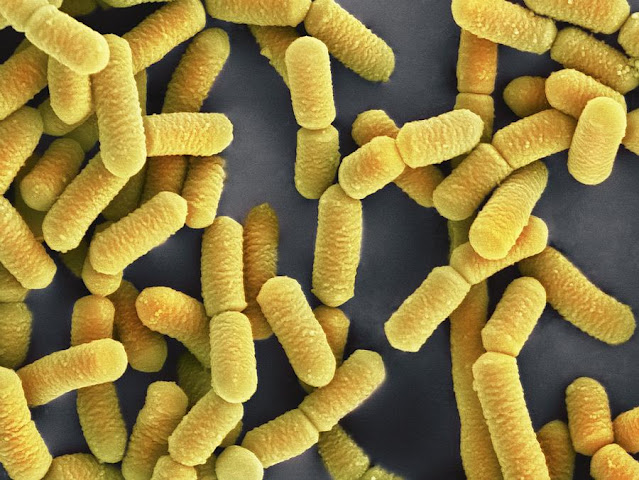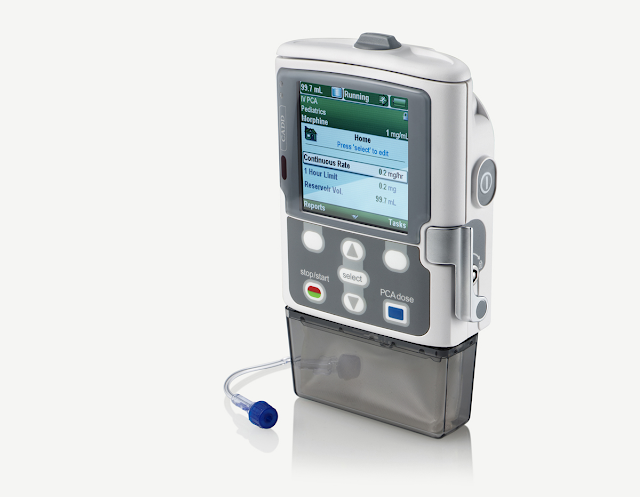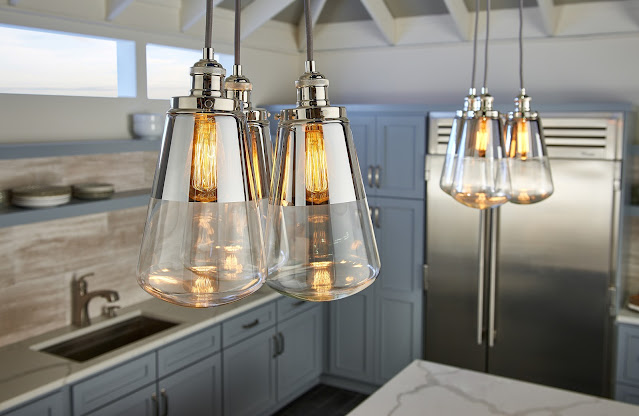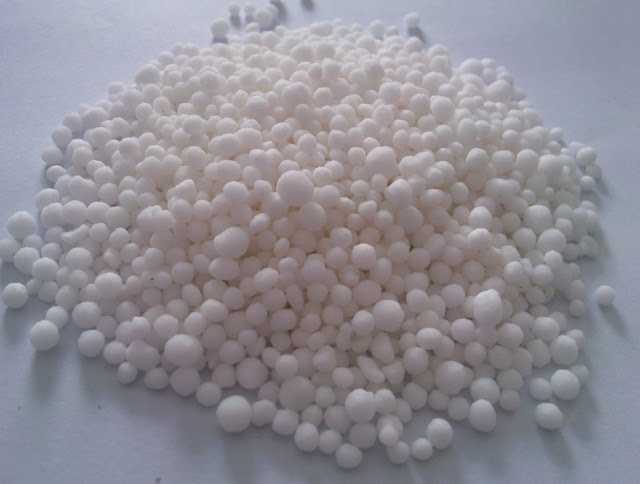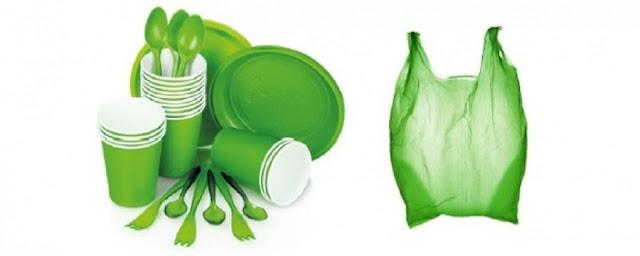The Large Cooling Fan Market Offers Lucrative Growth Opportunities due to Rising Demand from Data Centers

The large cooling fan market provides critical cooling solutions for various industrial equipment and machinery. Large cooling fans are essential components in heavy machinery, large industrial equipment, data centers, and other commercial and industrial facilities requiring efficient heat dissipation. They help maintain optimal operating temperatures for reliable performance of machinery and systems. The global large cooling fan market is estimated to be valued at US$ 8158.86 Mn in 2024 and is expected to exhibit a CAGR of 3.7% over the forecast period from 2024 to 2030. Large cooling fans are used across various industries for continuous and efficient heat dissipation from heavy machinery, industrial equipment, and other heat producing components. They provide powerful airflow to extract large amounts of heat produced during industrial processes or in data center servers and networking equipment. Cooling fans ranging from 80cm to 250cm are commonly used solutions. Their use...




